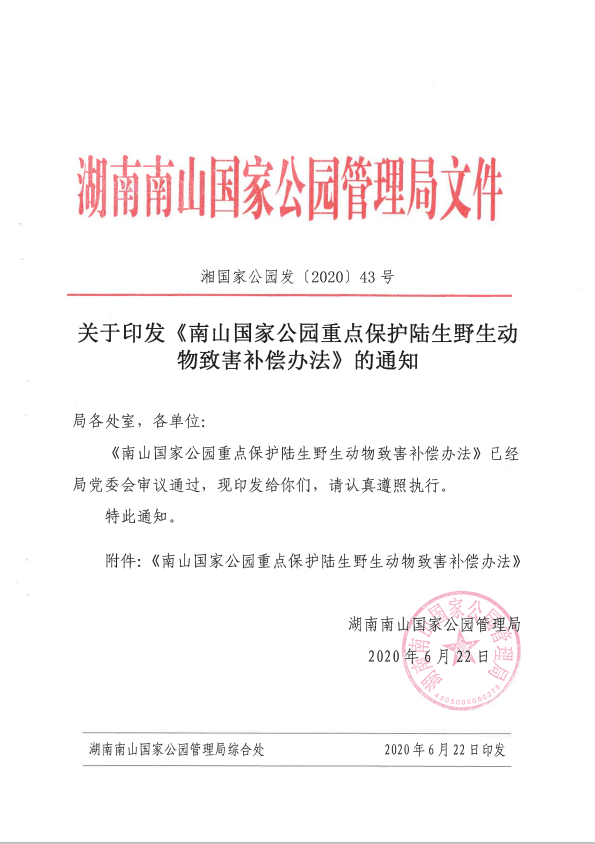The integration of sustainable agriculture and landscape management practices in land restoration efforts is crucial in conserving soil and water, promoting biodiversity, and mitigating climate change. This approach also improves livelihoods, enhances ecosystem services, and builds resilience. To achieve this, we conducted thorough assessments, engaged local farmers and other stakeholders, developed context-specific plans, provided training, monitored progress, and foster policy support. This ensures a holistic and sustainable restoration of degraded lands, benefiting both people and the environment, including water resources. It's important for the community to collaborate, contribute, and learn effective environmental management approaches to ensure the project's long-term sustainability and unsustainable agricultural practices.
